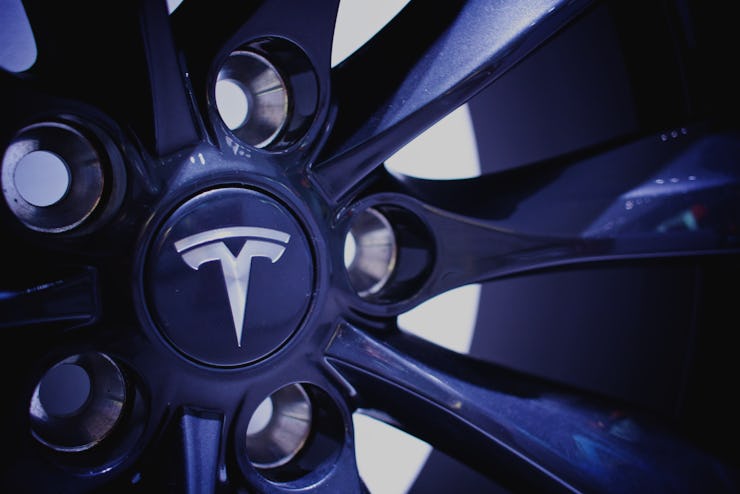Musk Reads: Tesla Electric Plane Draws Closer
Plus, Starship gets a launch date and inter-Earth travel detailed.

Tesla’s electric jet plane could be coming; SpaceX’s first Starship mission could be in 2021; Starship’s inter-Earth flights could be particularly grueling. It’s Musk Reads #85.
Surprise: Due to popular demand, we’re changing the way we do Musk Reads! Starting next week, you’ll now get double the Musk delivered to your inbox every Wednesday and Friday.
- Programming note: Wednesdays are going to focus on Tesla and Fridays will focus on SpaceX.
Thank you for your continued support and ideas for Musk Reads! If you have any questions or comments, feel free to email us at muskreads@inverse.com.
A version of this article appeared in the “Musk Reads” newsletter. Sign up for free here.
Musk Quote of the Week
“Would feel similar to Space Mountain in a lot of ways, but you’d exit on another continent.”
- Read more about Musk’s wild ride here.
Tesla
Could Tesla’s electric jet arrive soon? Musk revealed this week that he predicts battery technology will meet the demands of a plane in around five years’ time. Musk previously explained that a battery would need to be around double today’s density to support a plane, reaching around 500 watt-hours per kilogram. Maxwell Technologies, a firm recently acquired by Tesla, could help reach this goal. Musk has been discussing an electric jet since 2008, and even mentioned it in his Iron Man 2 cameo. Read more.
Tesla’s solar roof could offer big savings to buyers. Inverse spoke with one of the first owners of the roof and found that it saved her around $4,000 per year on electricity bills. Musk has declared 2019 to be the year of the solar roof, and six months in, it’s going relatively well. Version three is expected to start shipping soon. Read more.
This week Inverse sat down with Electrek’s editor-in-chief, Fred Lambert, to find out more about his publication’s goals to fight against anti-electric car bias in media outlets. Lambert, who has followed the industry for several years, believes a tipping point is coming by 2025, where it will no longer make economic sense to purchase a new gas-powered car. Read more.
What’s next for Tesla: Tesla announced this week a record production of 87,048 vehicles and deliveries of 95,200 vehicles, beating expectations. The firm is now entering the third quarter with a big backlog, as orders exceeded deliveries, and it states that “we believe we are well positioned to continue growing total production and deliveries in Q3.”
SpaceX
Starship could embark on its first mission in just two years’ time. Jonathan Hofeller, SpaceX vice president of commercial sales, revealed the firm is speaking to three telecom companies about using the Mars-bound rocket to launch a satellite. This corresponds with Musk’s previous comments that the Starship is designed to potentially replace the Falcon 9 and Falcon Heavy. This could pave the way for a future moon mission, a trip to Mars, and a grander vision of humanity as a multi-planet species. Read more.
New York to Paris in 30 minutes? It sounds great, but Starship’s inter-Earth trips could be rather grueling. The ship is designed with a pressurized cabin about as big as an Airbus A380, which could send around 100 people to Mars. For short Earth trips, Musk states, the rockets would probably fit 1,000 people in economy class seating, with no toilets or drink service or any amenities. Hold on tight. Read more.
What’s next for SpaceX: SpaceX is set to boost production of the Starship’s Raptor engines, producing a new one every 12 hours by the end of the year.
Video of the Week
Falcon Heavy boosters create an impressive sonic boom:
The Ultra-Fine Print
This has been Musk Reads #85, the weekly rundown of essential reading about futurist and entrepreneur Elon Musk. I’m Mike Brown, an innovation journalist for Inverse.
- Sponsor Musk Reads and get your business in front of a brainy, curious audience that’s motivated to make the world a little better tomorrow.advertising@inverse.com.
- Email me directly at mike.brown@inverse.com, and follow Inverse on Twitter @inversedotcom. Follow me on Twitter @mikearildbrown.
A version of this article appeared in the “Musk Reads” newsletter. Sign up for free here.